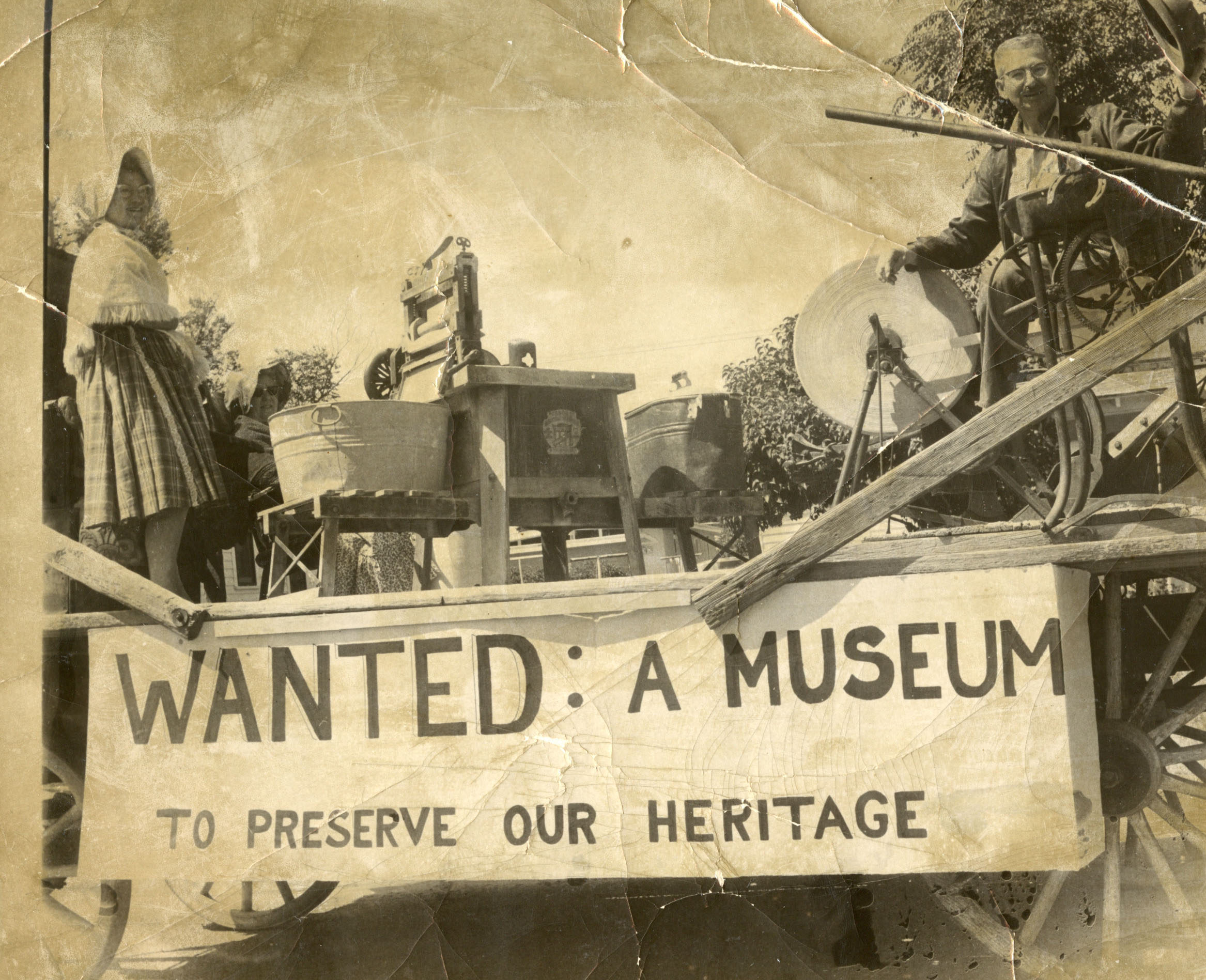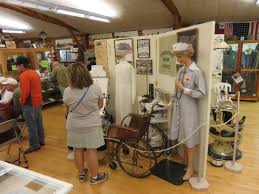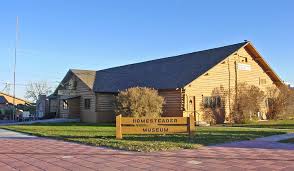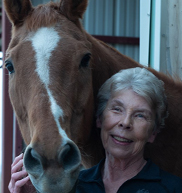Pat Stuart
Newspaper Columns

“Those who forget the past are doomed to repeat it.”
It’s a great phrase and came to mind because I’ve talked to too many people who’ve never been inside our local historical repository: The Homesteader Museum.
As Santayana indicated, repeating former mistakes is sad, painful, and a waste. But how do we prevent it?
Once, we got our information about past errors from history classes. Now, museums take up some of that slack. And museums make the learning fun. Good museums tell great stories; ones that are easy to remember because they are tied to solid and tangible items that we can see and touch.
Like, how about early dentistry? The Homesteader has a great exhibit featuring an old dental chair and a tray holding wicked-looking items. With the real deal only inches away, you can imagine climbing into that chair with a toothache, having a towel wrapped around your neck, and feeling the metal syringe and its huge reusable needle plunging into your jaw. The drill is there, too, seemingly ready to grind away at your teeth.
Aargh… Bring back early dentistry? I don’t think so!
I guarantee. If nothing else, you come away with the firm desire to never turn back time on dentistry.
This and other displays in the Homesteader tell the story of our past, of our ancestors, and … of us. They’re part of our culture, our heritage, and our accomplishments. Yes, sometimes of our failures, as well. Both, of course, are essential to knowing who and what we are. They give us our identity and our pride.
Mostly—lacking money for the props, space, and backdrops of larger museums—The Homesteader is a community attic. And, like gramma’s attic, it’s a fascinating place to spend a morning or an afternoon browsing through the artifacts that were essential elements of our grandparents’ lives. There you’ll also find old family photographs and folk-art skills practiced by homesteaders out on the projects.
It’s a rich visual experience that could well be enhanced by better funding.
At What Cost?
Which brings us to tax dollars. I stopped by the Homesteader to learn a bit about how it managed to get a tiny fraction of current tax dollars and found out how our having any museum at all was the work of a handful of citizens. And, it’s quite a story. You’d think that the entire community would have gotten behind the project, but that wasn’t the case.
I found a most interesting letter to the editor in an old Powell Tribune. In it, back in the late 1960’s, one of our fellow citizens called the effort to build a Powell museum part of a liberal plot and “creeping socialism.” He explained that we already had tax-funded schools and parks and library and roads, and, and … adding a museum would be just another step on the road to socialism.
I guess he was right in the sense that the community as a whole owns the institutions and infrastructure that the community as a whole uses—one of the more common definitions of socialism. He was also right that the Homesteader artifacts represent our entire community—are things that belonged to our grandparents and great grandparents; things that tells us how they lived, what they did, and how they did it. I’m betting that the letter writer, too, if he’s still with us, could find things in the museum that represent his family.
If you haven’t been there, try it. And, since most of you who read this column probably are frequent Homesteader visitors, I want to suggest that you take neighbors and friends there. Instead of walking the dogs together, for example, suggest a stroll through the museum.
The Homesteader may not keep us from repeating the past, but it is one of the richest lodes of social cohesion in our community. Back to the Top



Ideas and words to provoke thought…